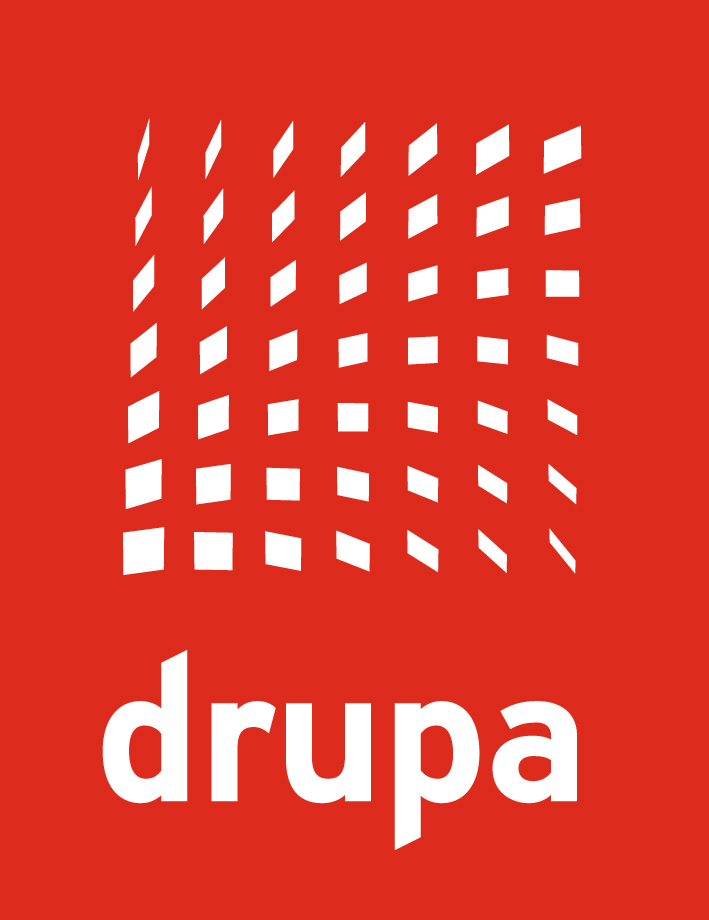A Pioneering Approach To Creating Nano-Thin Printed Flexible Touchscreens
Time:2020-06-16 From:
A team of researchers from Australia has found a way to create nano-thin flexible touchscreens by using liquid metal chemistry and printing the ultra-thin and ultra-flexible electronic material directly onto their desired surfaces. With this new technique, touchscreens could be rolled out like newspapers in the future.
With modern technology, generally speaking, the smaller the device, the better – so it comes as no surprise, that a team of researchers from RMIT University was working on a new touch-responsive technology that would be 100 times thinner than existing electronic touchscreen materials and so flexible, it could be rolled up like a tube. But why is this innovation relevant to us? Well, this nano-thin touchscreen could be printed and rolled out just like a newspaper!
The Touchscreens of the Future
The new conductive sheet was created using a thin film commonly applied to cell phone touchscreens and shrunken down from 3D to 2D by utilizing liquid metal chemistry. Most cell phone touchscreens are made with indium-tin oxide (ITO) now, which is transparent and very conductive, but very brittle as well. So, the team head out to improve on the status quo by creating a new version that is both extremely thin and also very pliable.
“You can bend it, you can twist it, and you could make it far more cheaply and efficiently than the slow and expensive way that we currently manufacture touchscreens. Turning it two-dimensional also makes it more transparent, so it lets through more light. This means a cell phone with a touchscreen made of our material would use less power, extending the battery life by roughly 10%,” said Dr. Torben Daeneke, lead researcher on the team and Australian Research Council DECRA Fellow at RMIT.
“It Could Even Be Done in a Home Kitchen”
With their liquid metal printing approach, they printed a nano-thin sheet of indium-tin oxide on a surface by heating an indium-tin alloy to 200 degrees Celsius and turning it into a printable material, thus creating 2D nano-sheets with the same chemical make-up as standard indium-tin oxide. The difference: The crystal structure created by using this technique allows for new mechanical and optical properties, like full flexibility and the capacity to absorb just 0.7% of light instead of the 5-10% absorption rate of presently used conductive glass. The manufacturers would even be able to control the material’s properties and, for example, make it more electronically conductive by simply adding more layers.
These nano-thin sheets are also rather versatile, as they are readily compatible with existing electronic technologies and could be made widely available fast. Thanks to its incredible flexibility, the screens could possibly be manufactured through roll-to-roll (R2R) processing, just like common newspapers, while our current touchscreens have to be produced in a slow, energy-intensive and expensive batch process, conducted in a vacuum chamber. You could even buy the ingredients for it in your local hardware store and print it onto plastics yourself to make these touchscreens of the future.
The Next Stage
“We’re excited to be at the stage now where we can explore commercial collaboration opportunities and work with the relevant industries to bring this technology to market,” Daeneke said.
The research team from RMIT University worked with collaborators from UNSW Sydney, Monash University and the ARC Centre of Excellence in Future Low-Energy Electronics Technologies (FEET), to develop their pioneering approach, cracking a challenge that was previously considered unsolvable. Their report was published in the journal Nature Electronics back in January. They are continuing their work by conducting a proof-of-concept experiment with a working touchscreen, using their new material, and have since applied for a patent for the technology.
In the future, the material could be utilized for other optoelectronic applications, such as LEDs and touch displays. It might potentially even be useful for solar cells and smart windows in the future.

